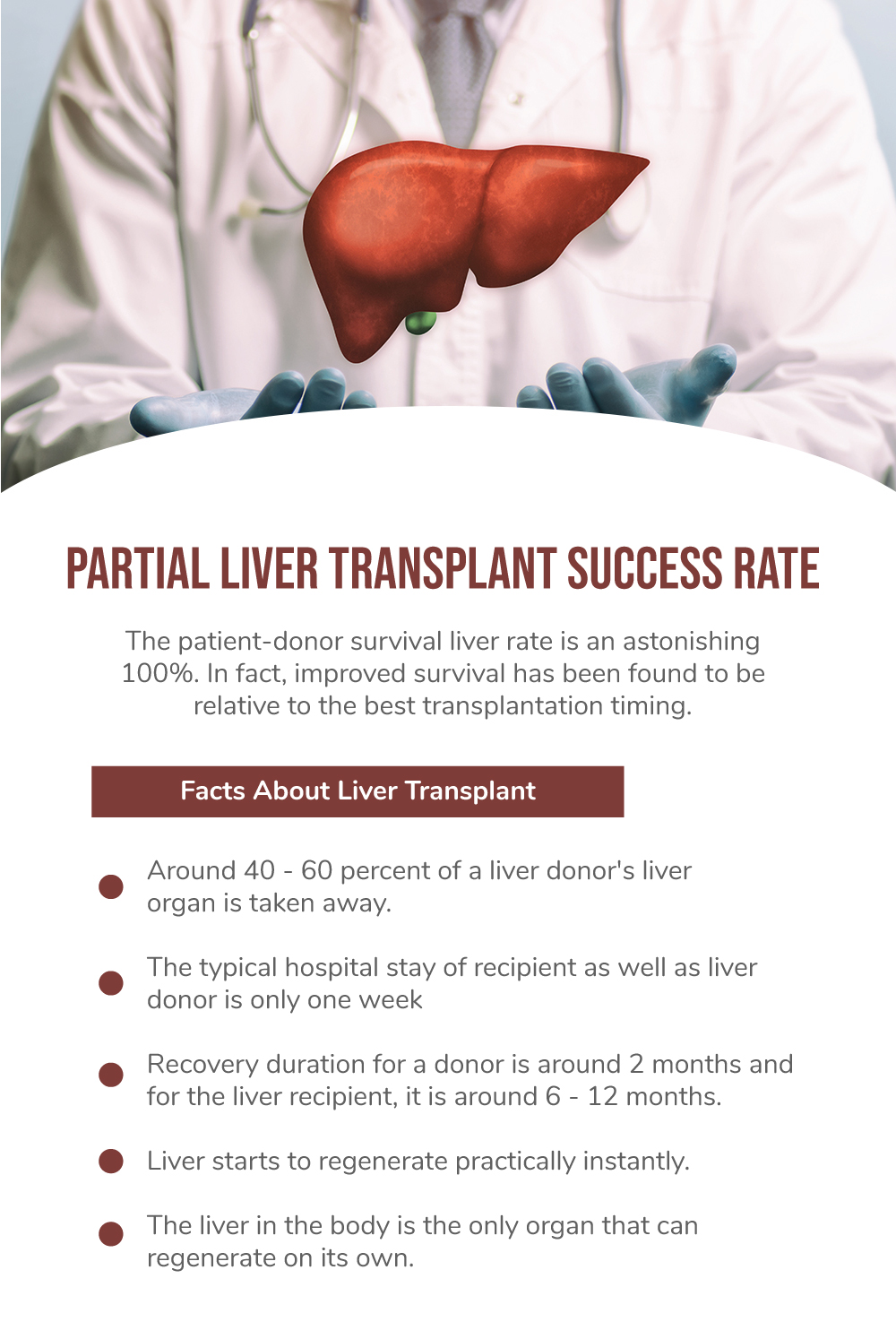What is a partial liver transplant, and is it really possible? Yes. Here, you’ll learn how it works. The expanding gap amongst the growing amount of liver transplantation candidates as well as the source of organs has recently become a solid factor for the progress in partial liver transplant. PLT’s have grown through a developmental period and turned out to be a well established life-saving operation. Partial allografts are obtainable from living donors, or through the splitting of a departed person’s donor liver. In fact, deceased donor split liver transplants or DD-SLT has become a surgical technique that generates two allografts off a liver acquired by a deceased donor.
A close member of the family or a dear friend can donate a good-functioning liver. This operation is possible because of the liver’s distinct capability to regenerate. After a transplant, both partial livers of the recipient and donor will develop and transform to form entire organs. While your body cannot function without a complete liver, you may live with just a part of the organ.
Many individuals can operate fine with only half of a liver. If a person that you know is suffering from liver disease and requires transplantation, a living liver organ donation is an option to give consideration to. It is the primary form of living liver donation. With a partial liver donation, anyone may donate half of their liver that then becomes implanted to the receiver. One’s liver cells are able to regenerate following the donation until finally, it maintains to regrow to nearly its original shape and size for both the partial liver donor and the recipient.
Learning More about Partial Liver Transplant
The patient-donor survival liver rate is an astonishing 100%. In fact, improved survival has been found to be relative to the best transplantation timing.
The most commonly used splitting method for PLT entails dividing one’s liver to left and lateral sectoral allograft for the pediatric sufferer and the right tri-sectoral allograft for a strong adult patient. During surgery around 40 – 60 percent of a liver donor’s liver organ is taken away. The typical hospital stay of recipients, as well as liver donors, is only one week. The recovery duration for a donor is around two months. For the liver recipient, it is around 6 – 12 months. The liver starts to regenerate practically instantly. The liver is the body is the only organ that can regenerate on its own.
Based on researchers from Johns Hopkins, men, and women who are willing to donate a part of his or her liver for real-time transplantation normally recover properly from the operation and are expected to be able to live healthy and long lives. Live liver donation is a critical procedure with critical risks.
Rejection in the body is normal when engaged with a foreign object. Once a foreign liver is put in an individual’s body, the human anatomy views the immigrated organ as risk and makes an attempt to attack it. Your immune system creates antibodies to attempt to eliminate the brand-new organ, not recognizing that the immigrated liver is actually very beneficial.
An insurance plan can include liver transplantation. However, that can still allow for bills such as deductibles, co-pays, and lifetime/annual cap for costs, etc. A liver transplant can cost more than $100,000, and more for follow-up procedures after the initial six months of recovery time.
Bonus Facts about the Human Liver
- Artificial liver substitution in humans or other living vertebrates is yet impossible.
- Livers protect the body from damaging substances or toxins that we place in the body whether deliberately or accidentally through the food that we eat or the drinks that we ingest.
- The chemicals eliminated from your blood are then sent straight to the intestines in bile form These types of chemicals are subsequently removed in the form of stool or feces. The chemicals could also be delivered towards the kidneys in which they become filtered out of the body in urine form.
- The bile released by your liver is additionally important because they help break down fats in small particles so your pancreatic lipase will better digest fats.
- Bile prepared by the liver is additionally responsible for that characteristic brown coloration of your stool.
- Bilirubin created by our body is filtered by our liver alongside the urine. This is exactly what creates the distinctive yellow color of urine.
- Liver transplantsusually engage in the cutting out of a certain portion of the donor’s liver. That portion of the donor’s liver which was cut out will also regrow amazingly.
- The liver stores whatever excess sugar we take in. It keeps the sugar in a compound form called glycogen.
Now you know more about the liver and how a partial liver transplant works!
























